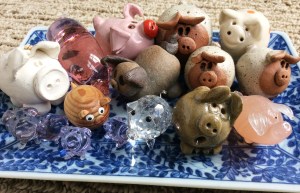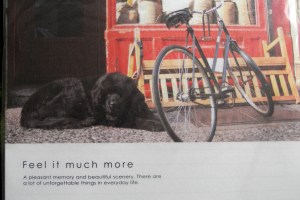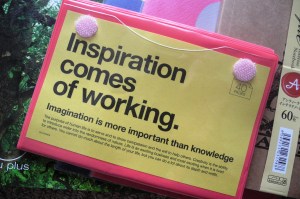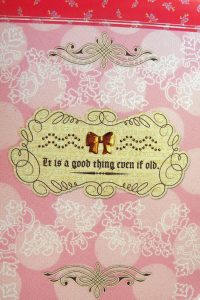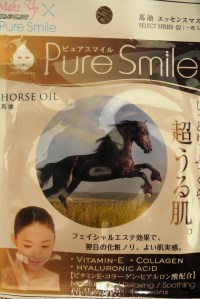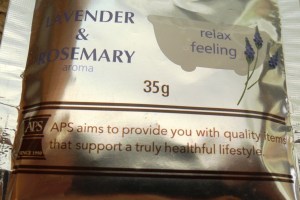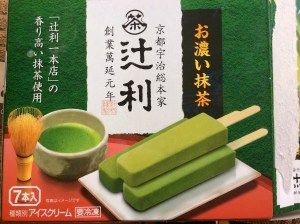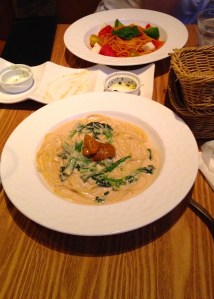Though I’m not in Tokyo anymore, as evidenced by my earlier posts, I still have lots to say about mothering a teenager—much to her dismay. I’ll have to keep it somewhat impersonal as she will exact hideous revenge if she feels her privacy has been thwarted. She has been known to Tweet things hashtagged with #shitAndreasays or post screenshots of my texts on Instagram.
So…she left for NY on Saturday night despite desperate measures by the gods, the whims of fate or whomever or whatever is in charge of this life we live, to make sure she stayed home. She’s been feeling a tad under the weather and not overly energetic. As have many of her friends. After several doctor visits and one extremely heated exchange with the medical receptionist (Yes, I understand you don’t give test results out over the phone but can you please have a doctor, ANY doctor, call me ASAP!) and two blood tests, we find out—from the lab, not the doctor—that she has mono. (FYI when you get any lab tests you can ask them for an e-health number which allows you to access your results online as soon as they’re processed and not wait until your doctor’s office finds it in their hearts to let you know.) I immediately go into overdrive, researching natural remedies for mono. Karis, somewhat grudgingly, took various nasty supplements; two teaspoons of coconut oil per day; two teaspoons of apple cider vinegar and lots of Vitamin C to help shorten the cycle of the virus. She was back at her exercise routine in two days, though I did allow her to skip the last two days of school seeing as the majority of her classmates had left on the rugby trip or their family vacations. So she’s OK, a little more tired, but managing.
Next hurdle. Weird redness and rashes on her face. That’s a problem if you’re a model. We didn’t know if it was an allergic reaction to food, to supplements or a mono thing. By a process of elimination, we came up with mangoes. I’d been feeding her mangoes for breakfast as a treat since she was taking all these nasty supplements. We still don’t really know, but what are the chances…I mean really? The child has been eating mangoes forever. Her skin has always been amazing and clear. The week before NY she’s got redness and rashes.
Friday. One day before NY. She goes to Boxfit as she has been doing for over 6 weeks. Wraps her wrists as usual. BUT as of March 9th you need your own gloves for the class, which we of course, don’t have because I’m not quite that organized right now. She is kindly lent a pair but they’re not the puffy kind she’s used to and she obviously overdoes it somehow. She takes off her wraps in the car and can’t move her wrist. Seriously. It’s getting more swollen and sore as the day goes on so we head to Lions Gate ER at 8:30pm. I’m prepared to wait as I’ve checked the website and it says that the wait will be between 2-3 hours. Probably a good idea as I would likely have been sitting there getting angry as it didn’t seem that busy. I have to say…the ER is highly entertaining on a Friday night. They lost a man named Victor who left his gown and all his clothes on the bed. They paged him for a while. He never came back. A few drunks. One of them quite snappily dressed with very expensive shoes (businessman not a gang banger) who refused to tell the nurse how he mangled his hand…despite her assurances that she didn’t actually care and it wouldn’t be recorded. He refused to tell and she refused to treat him (hospital policy). He left with his mangled hand, slurring about how he was going to his family doctor. At 10:30pm. An older man who approached the desk to tell the nurses, in great detail, that he’d had a bowel movement. The nurses gave him a bag (?) for the next one. Don’t even want to know. I could go on. Anyway, the upshot of the three-hour experience was that her hand is likely not broken, though they can’t say for sure because of her age (growth plates). We’re to come back if it still hurts next week. I will make her a cast from her Hello Kitty duct tape if it still hurts.
Despite ALL of this, we managed to pack on Saturday. Clean clothes. A variety of shoes and boots. A towel (that she didn’t need because it’s a swanky serviced penthouse). A warm coat. Her phone charger. Money. A notarized permission letter. Copies of important documents. Some tea and snacks. We headed out to the airport and made it in record time. I was just asking at the Information Desk where the Cathay check-in was located. It was NOT obvious, as you’d think a flight from YVR-JFK would be in the USA departures. Nope. Every counter was closed. It was in the International section as the flight originates in Hong Kong and just stops in Vancouver. Maybe they could put that on the boarding pass or something next time…as a reminder. I did actually know this in the deep recesses of my mind, as I took this very flight home from Tokyo but I just didn’t think that hard about it. Anyway, Karis’s agent Liz whom she was travelling with, rescued us at the Information Desk and she and Karis went on their way to their very turbulent flight where no one got any sleep. But they made it to NY.
Karis is now roaming around NY without her mother to micromanage her every move. So far, so good, though I would not have let the costumed pickpockets in Times Square touch my phone to ‘take a picture’…as I’ve heard they sometimes run off with them. So many things I haven’t told her…and next time, just to be safe, I will offer up some Hot Tamales (the candy) to the pig shrine as this is how I got through university successfully.

